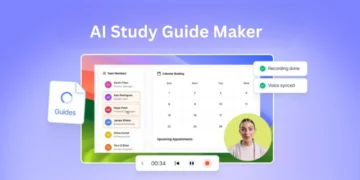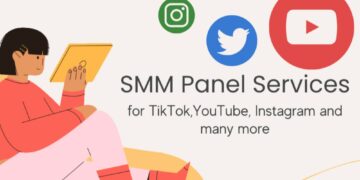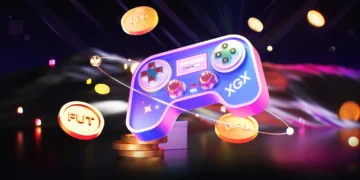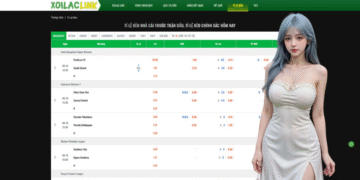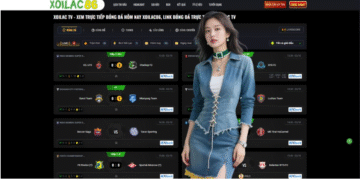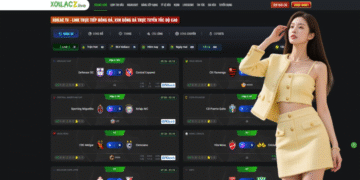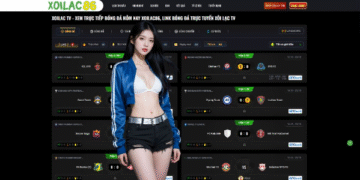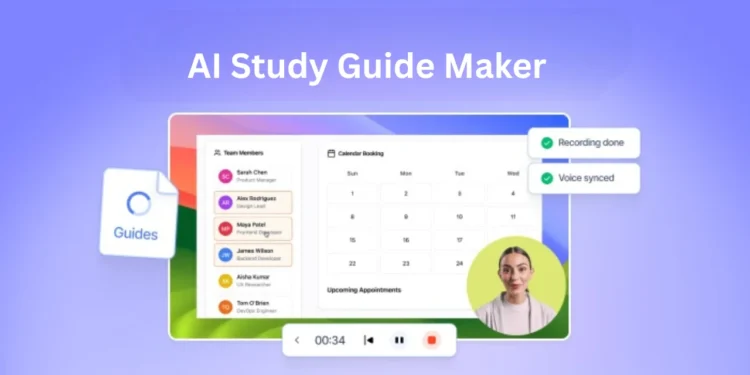As the academic year of 2025 hits its stride, students and educators alike are embracing study guide makers as indispensable allies in the battle against information overload. These AI-driven platforms transcend traditional note-taking, intelligently synthesizing lectures, readings, and multimedia into digestible, customized blueprints for success. In an era where hybrid learning demands flexibility and retention rates hover around 70 percent for active recall methods, study guide maker like Penseum and Dende are revolutionizing preparation by automating the grunt work and amplifying focus on comprehension. Whether cramming for finals or building long-term mastery, these tools cut study time by up to 40 percent while boosting scores through adaptive, interactive formats. This article unpacks their core functionalities, spotlighting how they empower learners to navigate complex subjects with confidence and creativity.
Automating Synthesis: From Chaos to Clarity
The magic of study guide makers begins with their prowess in distilling vast inputs into coherent outputs, freeing users from hours of manual organization. Platforms like NoteGPT exemplify this by ingesting diverse sources—YouTube videos, PDFs, podcasts, and articles—to generate summaries, mind maps, and timelines in seconds. A premed student uploading organic chemistry lectures might receive a hierarchical outline with key reactions bolded, cross-referenced to visual diagrams, all while preserving contextual nuances like reaction mechanisms. Similarly, Mindgrasp handles unlimited uploads, churning out flashcards and quizzes that highlight interconnections, such as linking historical events to economic theories in a sociology prep. What elevates these tools is their contextual awareness; AI algorithms scan for recurring themes, flagging potential blind spots like underrepresented perspectives in literature analyses. In 2025, with multimodal processing now standard, users benefit from timestamped video citations, ensuring traceability back to original content. This automation not only accelerates prep but instills a structured mindset, transforming scattered notes into a navigable roadmap that aligns with cognitive science principles of chunking information for better recall.
Personalizing Pathways for Optimal Learning
No two learners are alike, and study guide makers in 2025 shine by tailoring content to individual styles, paces, and goals. Dende leads here, uploading course materials to auto-segment topics into bite-sized sessions, then crafting personalized calendars based on available hours and deadlines. For a language major tackling Spanish conjugations, it might prioritize verb drills in morning slots when alertness peaks, interspersing them with cultural audio clips for immersion. Lilys AI takes personalization further as a research copilot, supporting audio recordings and live sessions to produce guides in formats like easy notes or quizzes, complete with multilingual translations and visual tables. Its agent, Lily, even probes deeper with follow-up questions, adapting difficulty on the fly—escalating from basic definitions to application scenarios for advanced users. Quizlet AI enhances this with Q-Chat, a conversational tutor that scores progress and refines flashcards via spaced repetition, proven to double retention over linear reviews. These adaptive features address equity, offering accessibility options like text-to-speech for visual impairments or simplified phrasing for ESL students, ensuring every guide feels like a bespoke mentor rather than a generic template.
Infusing Interactivity for Active Engagement
Passive reading yields fleeting gains, but study guide makers counter this by embedding gamified, interactive elements that mimic real-world application. Flint’s custom AI tutors simulate debates or problem-solving scenarios, turning a physics unit on electromagnetism into virtual experiments where users manipulate variables and receive instant feedback. This hands-on approach fosters critical thinking, with analytics tracking mastery levels to suggest reinforcements, like extra simulations for concepts below 80 percent proficiency. Scribe complements this by auto-capturing study workflows into editable guides with screenshots, ideal for procedural subjects like lab protocols in biology—users can remix steps into branching quizzes that test decision-making. Thea’s lightning-fast generator adds flair with downloadable packets featuring embedded polls and drag-and-drop timelines, perfect for group history reviews where participants vote on event significance. In collaborative modes, these tools sync in real time, allowing peers to annotate or challenge assertions, which studies show increases engagement by 30 percent. By prioritizing active recall over rote listing, study guide makers cultivate resilience, preparing students for exams that demand synthesis over memorization.
Fostering Collaboration and Seamless Integration
In the interconnected classrooms of 2025, study guide makers extend beyond solo use, enabling seamless teamwork and ecosystem integration. ClickUp’s Brain AI unifies notes, tasks, and dashboards into shareable hubs, where a study group on environmental policy can co-edit summaries, automate reminders for revisions, and visualize progress via Kanban boards. Piktochart focuses on visuals, transforming text prompts into infographics or timelines exportable to Google Slides, streamlining presentations for team projects. Integration is key: most platforms hook into LMS like Canvas or Moodle, pulling syllabi directly to auto-populate guides, while Chrome extensions like Lilys’ Scrap Tool clip web articles mid-browse. For educators, Flint’s Google Classroom sync distributes class-wide templates, adapting them per student profile to support differentiated instruction. This collaborative backbone not only amplifies collective knowledge but also models professional workflows, teaching digital literacy alongside subject matter. Security features, such as encrypted sharing and role-based access, ensure privacy, making these tools viable for sensitive topics like psychology case studies.
Ethical Use and Future-Proofing Strategies
While study guide makers unlock efficiency, their ethical deployment is paramount to avoid pitfalls like over-reliance or unchecked biases. Users must verify AI outputs against primaries, as subtle inaccuracies in source interpretation can skew understanding—prompt engineering, specifying “include diverse viewpoints,” mitigates this. Platforms like Penseum emphasize transparency with audit trails, empowering learners to question and refine generations. Accessibility remains a watchpoint; though many offer free tiers, premium features for advanced analytics underscore the digital divide, prompting institutions to subsidize access. Looking ahead, 2026 innovations tease VR-embedded guides for immersive simulations and predictive gap-filling via wearable data, but success hinges on balanced integration—pairing AI with reflective journaling to nurture independent thinking.
In wrapping up, study guide makers in 2025 represent a pivotal shift toward empowered, equitable learning, where technology demystifies complexity and spotlights human potential. From automated synthesis to interactive depth, these tools don’t just prepare for tests; they equip minds for lifelong inquiry. As students harness them thoughtfully, the path to academic triumph becomes not a solitary slog, but a vibrant, supported ascent toward mastery.

